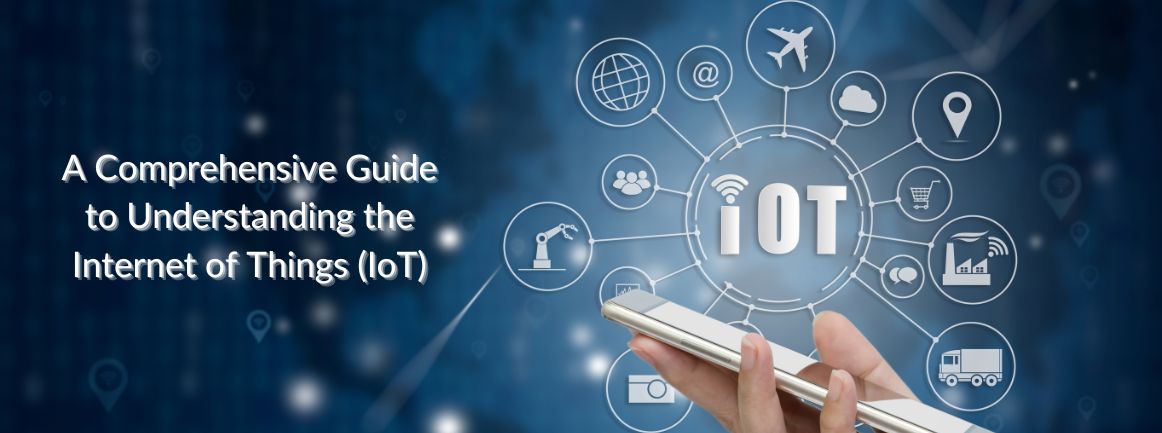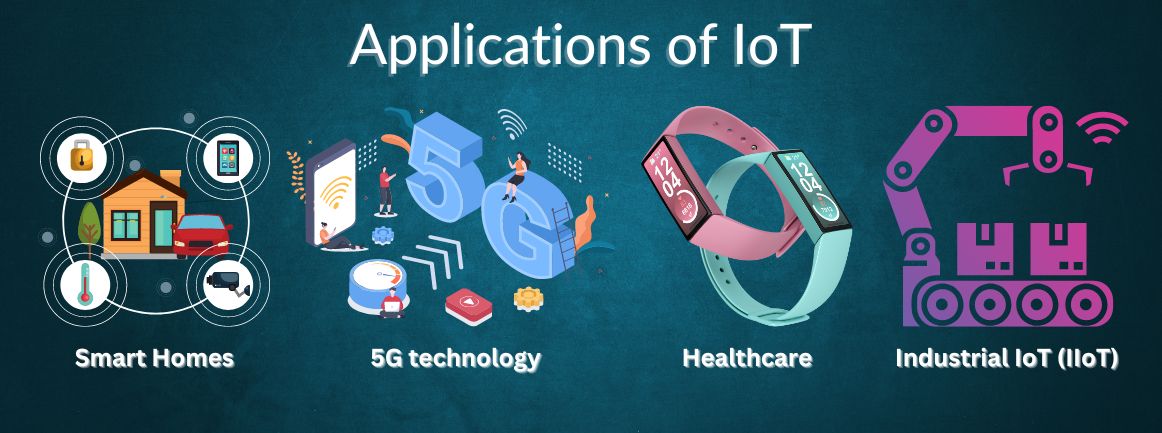Unlocking the Future: A Comprehensive Guide to Understanding the Internet of Things (IoT)

The digital age has ushered in countless innovations, but perhaps none are as transformative as the Internet of Things, or IoT. This concept, which involves everyday objects being connected to the internet, is more than just a technological trend—it’s a profound shift in how we interact with the world around us. By embedding sensors, software, and connectivity into physical objects, IoT is creating an ecosystem where data flows seamlessly, enabling smarter decisions, improved efficiency, and enhanced experiences.
The Internet of Things (IoT) refers to a network of physical objects—devices, vehicles, appliances, and more—that are embedded with sensors, software, and other technologies to connect and exchange data with other devices and systems over the internet. These “smart” devices collect and share data, allowing for real-time monitoring, management, and analysis, which leads to improved efficiency, productivity, and decision-making.
Applications of IoT
Smart Homes: Smart thermostats, lighting systems, and security cameras enhance comfort, convenience, and security. Devices like Amazon Echo and Google Home integrate with various home appliances, allowing for voice-controlled automation.
Healthcare: Fitness trackers and smartwatches monitor vital signs, physical activity, and even sleep patterns, providing valuable health insights. IoT-enabled medical devices allow healthcare providers to monitor patients remotely, improving care and reducing hospital visits.
Industrial IoT (IIoT): Sensors on machinery predict failures before they occur, reducing downtime and maintenance costs. IoT devices track inventory and optimize logistics, enhancing efficiency and reducing waste.
Smart Cities: Connected traffic lights and sensors optimize traffic flow, reduce congestion, and improve safety.Smart grids and meters enhance energy distribution, reduce consumption, and integrate renewable energy sources.
Agriculture: IoT devices monitor soil conditions, weather, and crop health, enabling farmers to optimize planting and harvesting times. Sensors track the health and location of livestock, improving animal welfare and productivity.

Benefits of IoT
Enhanced Efficiency: Automated systems and real-time data enable quicker and more informed decision-making.
Cost Savings: Predictive maintenance and optimized resource management reduce operational costs.
Improved Quality of Life: Smart homes, healthcare devices, and connected cities enhance comfort, convenience, and safety.
Data-Driven Insights: Continuous data collection provides valuable insights for businesses and individuals, leading to better strategies and outcomes.
Challenges of IoT
However, the journey toward an IoT-enabled world is not without challenges. Security remains a paramount concern. With billions of devices connected to the internet, the risk of cyber-attacks looms large. Ensuring robust security measures to protect data and maintain privacy is essential. Additionally, the sheer diversity of IoT devices and the lack of standardization can lead to interoperability issues, hindering seamless integration. Furthermore, as the number of connected devices grows, so does the complexity of managing and maintaining this vast network.
The Future of IoT
Despite these challenges, the future of IoT is incredibly promising. Advances in technologies such as 5G, artificial intelligence, and edge computing are set to drive further innovation. The rollout of 5G networks will provide the high-speed, reliable connectivity needed for a myriad of IoT applications. Artificial intelligence will enhance the capabilities of IoT devices, enabling more sophisticated data analysis and automation. Edge computing, which processes data closer to where it is generated, will reduce latency and enable real-time decision-making.
Sustainability is also becoming a key focus for IoT development. As environmental concerns take center stage, IoT solutions are increasingly geared towards reducing energy consumption and minimizing waste. Smart grids, efficient water management systems, and intelligent agriculture practices are just a few examples of how IoT is contributing to a more sustainable future.

Conclusion
The Internet of Things is not just a technological advancement; it is a paradigm shift that is redefining how we live, work, and interact with the world. By embracing IoT, we unlock the potential for unprecedented convenience, efficiency, and innovation. As we continue to navigate this exciting landscape, it is crucial to address the challenges and harness the opportunities that IoT presents, paving the way for a smarter, more connected future.
